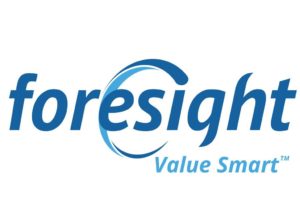
Governor Arnold Schwarzenegger recently celebrated over a report released by the Cleantech Group and Deloitte which showed that California’s clean tech companies received the highest venture capital funding in the second quarter of 2010.
“California has led the world in enacting policies that harness the private sector to create the clean and renewable technologies needed to combat climate change and reduce our dependency on oil. And our efforts are paying off, as illustrated by a wave of green innovation all over the state that is spurring investment and creating jobs. These numbers showing California is getting the most clean tech investment is just the latest example that we are moving in the right direction of building our green economy and creating a brighter, more sustainable future for us all.”
The report’s preliminary 2010 second quarter results showed that clean technology venture investments in North America, Europe, China and India, totaled $2.02 billion across 140 companies. For North America, California led the way with $980 million in investment, more than two thirds the total share. As the Green revolution heats up in the Golden state, we at Foresight are keeping an eye on what this means for innovation and IP. Entrepreneurs and business owners know the importance of ideas and intellectual assets, which are often the result of years of research and development. Their IP lies at the heart of their Cleantech company’s competitive advantage.
Late last year the Obama administration, with an eye on Cleantech being the growth engine for the economy, developed a pilot program to accelerate the examination of green technology patent applications at the U.S. Patent and Trademark Office (USPTO). We had learned earlier this year that the Kappos Administration has been heavily involved in streamlining the USPTO and this appears to be an area of particular importance. This is what Commerce Secretary Gary Locke said when the program was announced:
“American competitiveness depends on innovation and innovation depends on creative Americans developing new technology. By ensuring that many new products will receive patent protection more quickly, we can encourage our brightest innovations to invest needed resources in developing new technologies and help bring those technologies to market more quickly.”
The average examination time in the past had typically been 30 months for green technologies. Not only has the time frame for examination been accelerated, barriers have also been lowered for what qualified as “Green Technology” subject matter for patent applications pending before the USPTO. When the Green Technology Pilot Program was announced in December 2009, the program was limited to inventions in certain classifications in order to assist the USPTO in balancing the additional workload and to gauge the resources needed for the program. The USPTO has determined that the classification requirement is unnecessary because the workload has been balanced with other mechanisms, and the requirement was causing the denial of petitions for a number of green technology applications that would have otherwise qualified for the program.
The Program is available to the first 3,000 applicants and ends on December 8, 2010. The Patent Office estimates that approximately 25,000 of the currently pending patent applications meet the requirements needed to be classified as a Green Patent. To date, more than 950 requests have been filed by applicants who wish for their application to be eligible for the Green Technology Pilot Program. Only 342 of those have been granted, primarily because many of the inventions weren’t in classifications that were eligible. The lifting of the classification requirements is expected to allow many more applications to be eligible for the program. If interested, applicants should act quickly and carefully weigh the Program’s benefits against the requirements needed–most notably, claim limitations, abbreviated restriction practice, and early publication.

